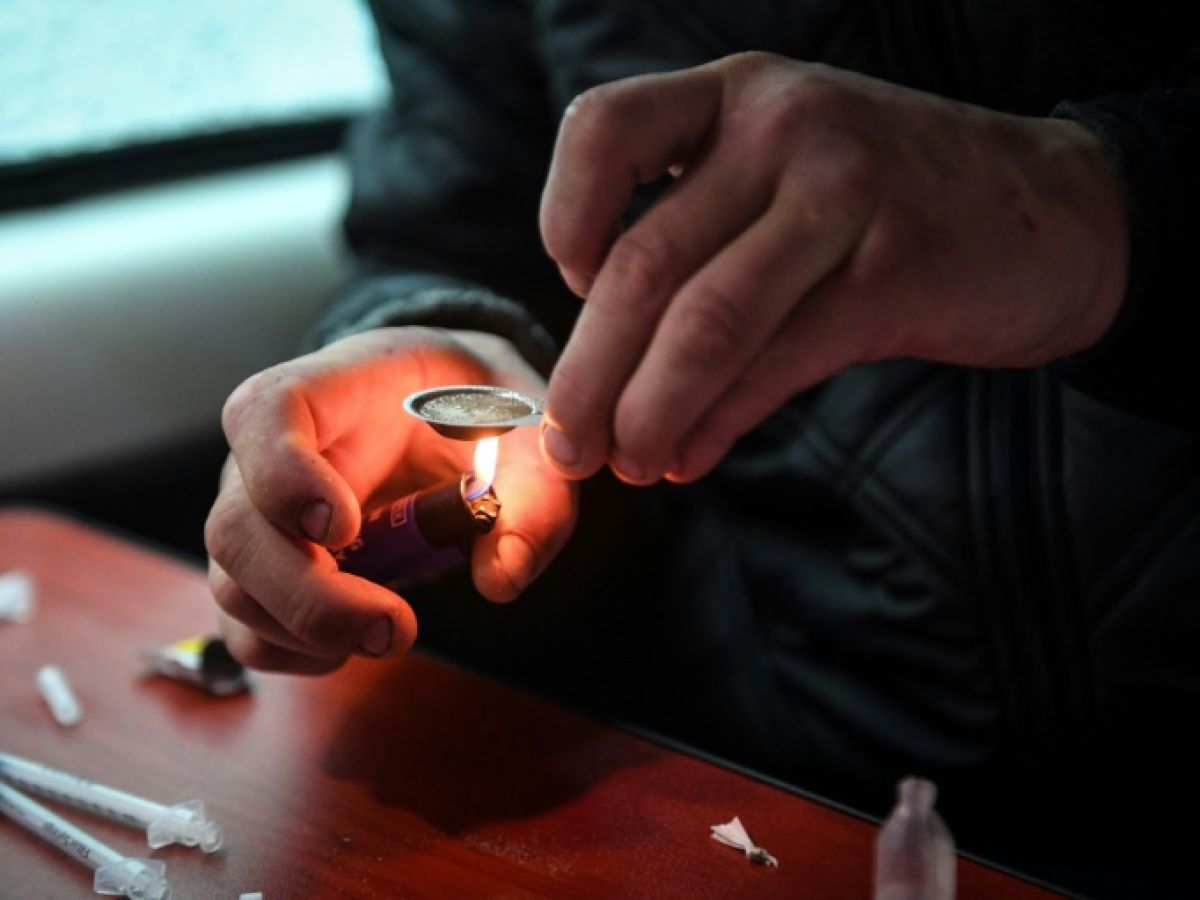The number of drug deaths in Scotland, one of the worst-hit areas in Europe, rose again last year after two years of decline, according to official statistics published on Tuesday.
In 2023, 1,172 deaths were attributed to drugs - mainly opiates - or 12% more than in 2022, ending the decline that began since the record in 2020 (1,339 deaths), indicated the Scottish statistics agency (NRS).
Scotland, a British nation of five million people, is ranked by some studies as the European territory with the highest drug-related mortality.
Within the United Kingdom, this mortality rate is 2.7 times higher in Scotland than in England.
These deaths mainly concern men and, more than for any other cause, they are closely linked to poverty: inhabitants of the most deprived areas are 15 times more likely to die from an overdose than those in the most affluent areas.
More than 80% of deaths occur after the consumption of several types of drugs. In 80% of cases, it is opiates such as heroin or methadone, substances which have been the most deadly in Scotland since 2008, but the NRS notes the sharp increase in deaths linked to the benzodiazepine, an anxiolytic (58%), ahead of cocaine (41%).
The Scottish heroin crisis burst onto the international scene in 1996 with Danny Boyle's film "Trainspotting", which was set in Edinburgh.
The Scottish government has tried to tighten its crackdown on drug use in recent years and last year's rise was described as "extremely worrying" by Health Minister Neil Gray.
"We will intensify our efforts and are working hard to respond to the growing threat posed by highly dangerous and highly potent synthetic opioids such as nitazenes," he added in a statement.
Nitazenes, 500 times more powerful than morphine, are sometimes mixed with the heroin that drug addicts consume, without their knowledge.

